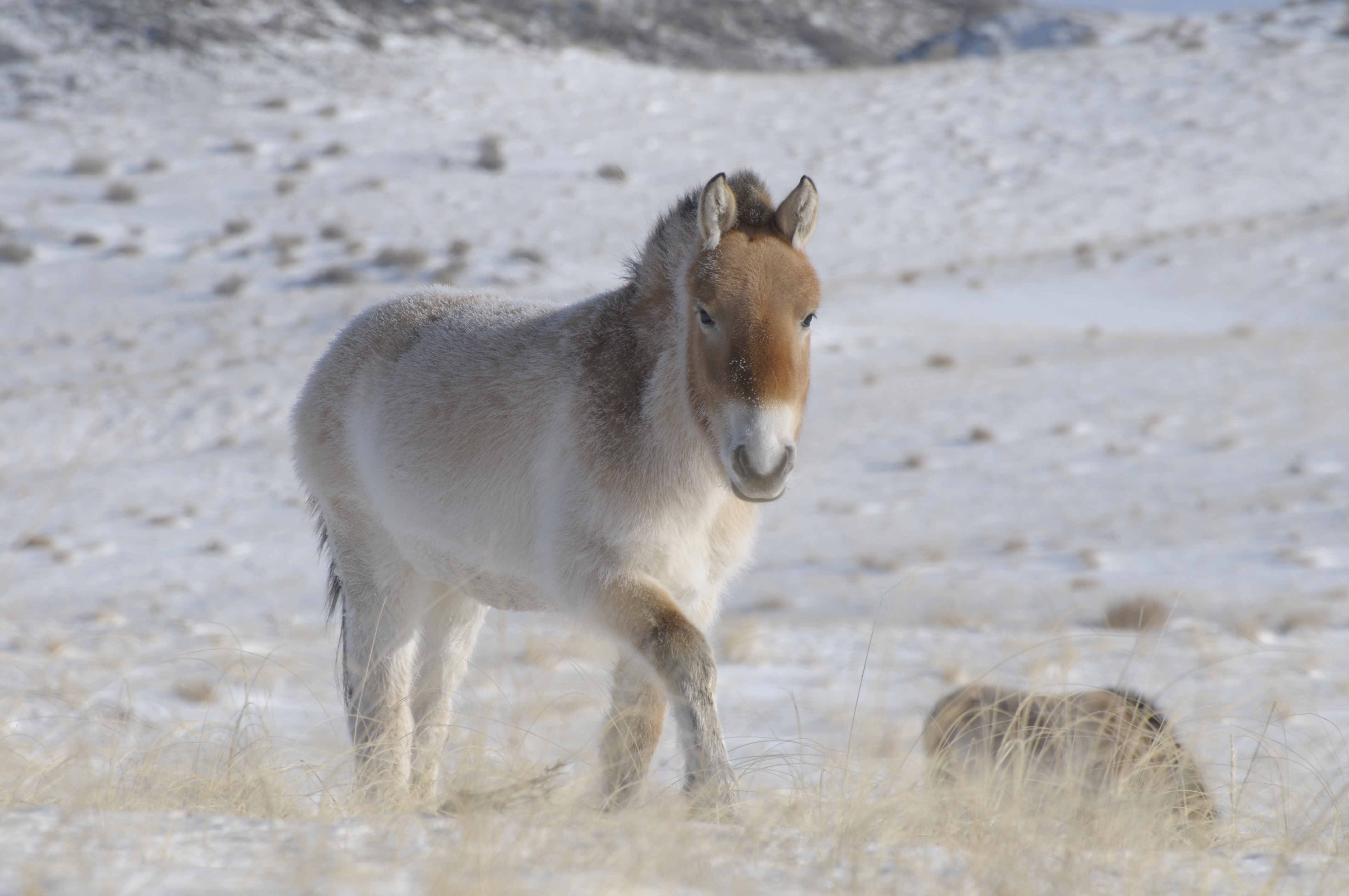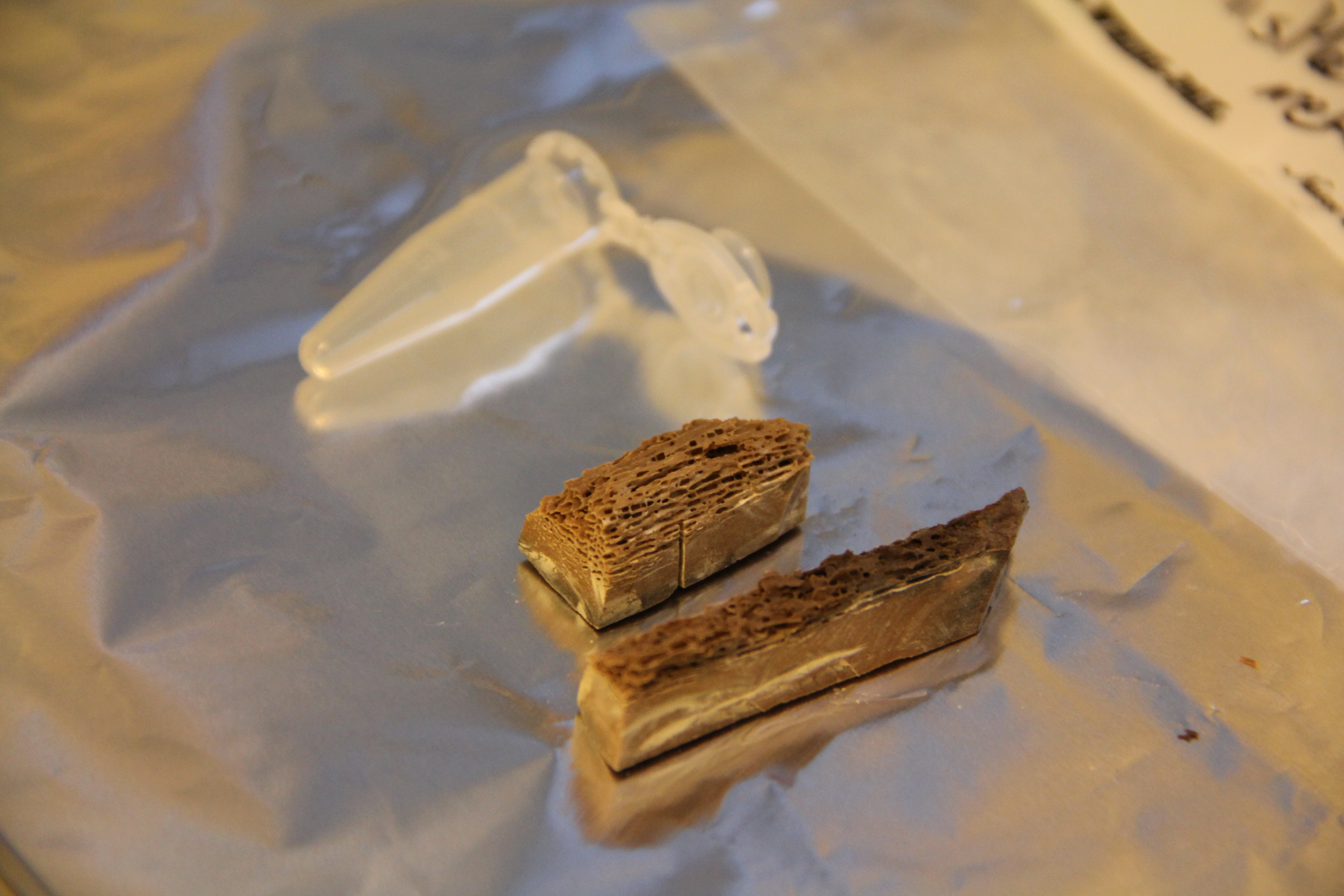700,000-Year-Old Horse Genome Pushes Limits of DNA Survival
Small pieces of a horse’s foot bone that were frozen for approximately 700,000 years in the Yukon Territory of Canada have yielded the oldest genome sequence of any species to date.

Scientists unearthed the bone fragments from the Artic permafrost in 2003 and dated the fossils to be between 560,000 - 780,000 years old. Using mass spectroscopy, they found that collagen and other proteins had survived since the Middle Pleistocene and so decided to see if DNA had also endured.
It had, and the resulting genome is nearly ten times older than any DNA previously sequenced, thus “breaking the time barrier” for the age of DNA viable for such analysis, said study author Eske Willerslev of the University of Copenhagen at a press conference in Helsinki on Wednesday.

While the cold and dry conditions of the permafrost helped keep the DNA intact, the authors also perfected techniques for handling and analyzining the ancient DNA: reports Nature:
“They also combined DNA sequencing techniques to get maximum DNA coverage — using routine next-generation sequencing with single-molecule sequencing in which a machine directly reads the DNA without the need to amplify it up which can lose some DNA sequences”.
The researchers predict that future ancient DNA studies could go even further back in time– “most likely up to a million years” said Ludovic Orlando, a scientist at the University of Copenhagen and co-author on the study. Such a deep look into the evolutionary past “obviously offers great perspective as to the level of detail with which we could reconstruct our own origins and the evolutionary history of almost every single species living on the planet,” he said.
The study was published in Nature in Wednesday.
Keep Reading
Most Popular
Large language models can do jaw-dropping things. But nobody knows exactly why.
And that's a problem. Figuring it out is one of the biggest scientific puzzles of our time and a crucial step towards controlling more powerful future models.
The problem with plug-in hybrids? Their drivers.
Plug-in hybrids are often sold as a transition to EVs, but new data from Europe shows we’re still underestimating the emissions they produce.
Google DeepMind’s new generative model makes Super Mario–like games from scratch
Genie learns how to control games by watching hours and hours of video. It could help train next-gen robots too.
How scientists traced a mysterious covid case back to six toilets
When wastewater surveillance turns into a hunt for a single infected individual, the ethics get tricky.
Stay connected
Get the latest updates from
MIT Technology Review
Discover special offers, top stories, upcoming events, and more.